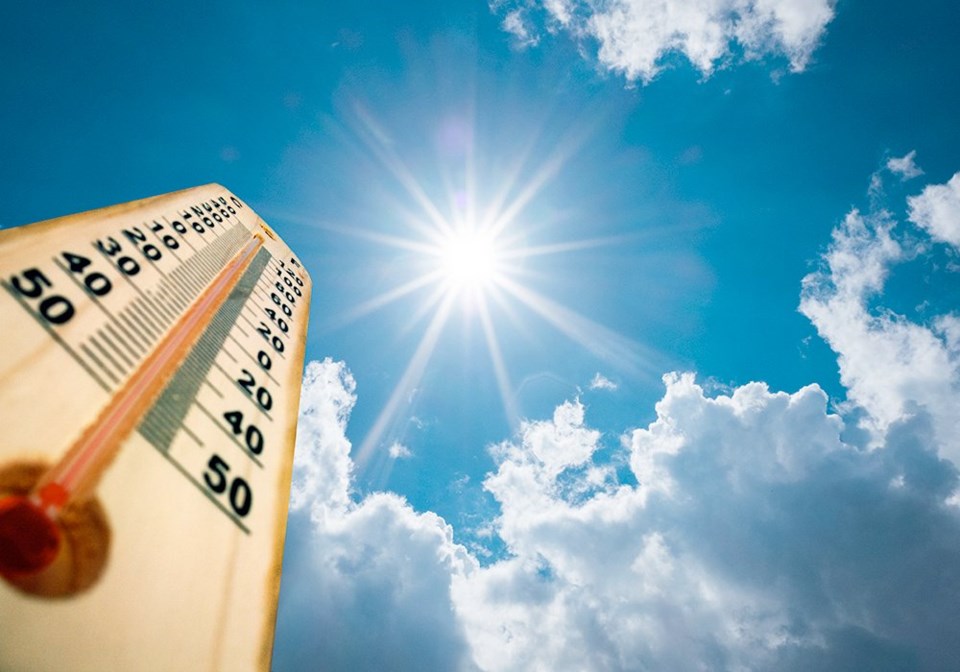WESTERN PRODUCER — Every year, new words become trendy or commonplace.
Few Canadians used the word “variant” at Tim Hortons back in 2019 — but it’s now spoken about two billion times per day.
For now, few farmers use the words “parametric insurance” in their daily conversations. That may soon change.
“There are new (parametric insurance) products coming out and it’s almost the sky’s the limit, in terms of what will be available. I think there will be a lot of products coming online that (will be) available to Canadian farmers,” said Andy Nadler, an agricultural meteorologist who runs Peak Hydromet Solutions on Vancouver Island.
Nadler spoke about parametric insurance during a presentation at the Manitoba Agronomists’ Conference, a virtual event held in mid-December.
Parametric insurance, also known as index insurance, is coverage based on a metric. If the wind speed, rainfall or temperature exceeds a certain number, then a client receives a payment. It’s different than traditional insurance, where an adjustor looks at the damage and estimates the payment amount.
“Claim payment amount is fixed in advance… and triggered upon exceeding the threshold conditions,” said Marsh McLennan, a business consultancy, on its website.
Some parametric insurance is already available to Canadian farmers, such as canola heat-blast insurance, offered by Farmers Edge and other firms.
With canola heat-blast insurance, the metric could be critical heat degree days, heat blast units or some other measurement that tracks daytime and nighttime temperatures in June and July. Extreme temperatures above 30 C at bloom can reduce yield because it reduces the number of pods that form on canola plants.
If it is sufficiently hot during the canola bloom, the parametric insurance triggers a payment.
“If the threshold is met, the policy gets paid regardless of the actual damage that occurred,” said Nadler, who was an agriculture meteorologist with Manitoba Agriculture before moving to Vancouver Island.
“It’s extremely simple in that there is no adjustment or proof of loss.”
Another example is corn heat unit (CHU) insurance in Saskatchewan.




